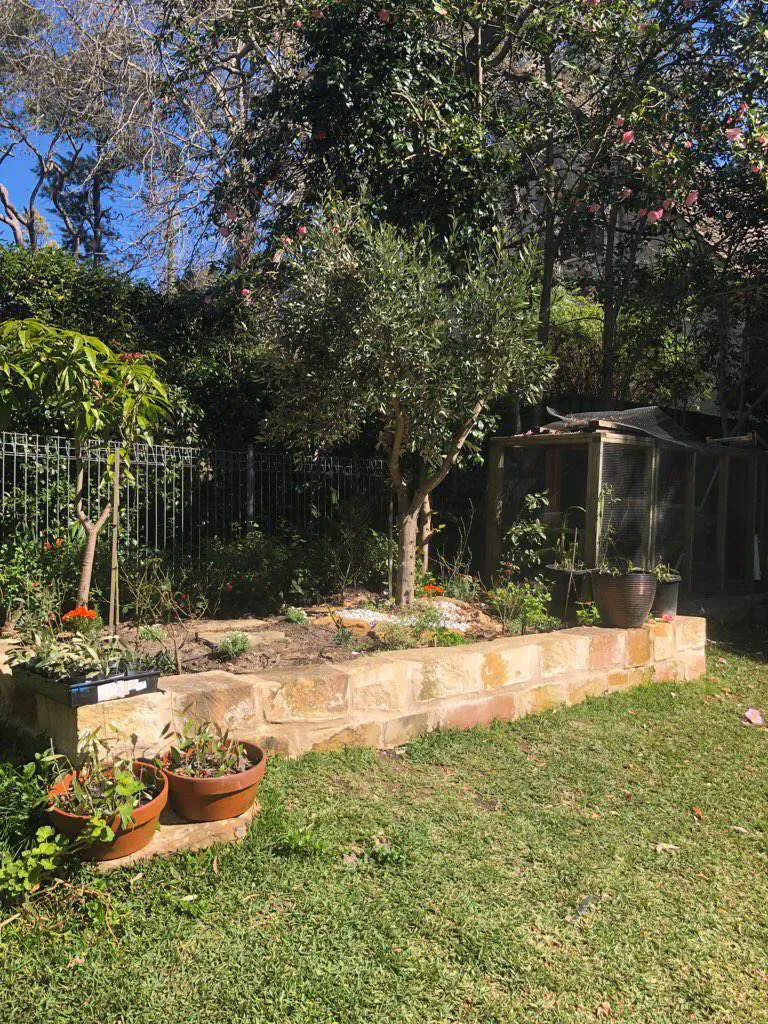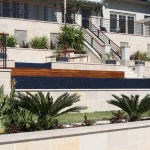All types of home projects are messy, and there’s so much clutter you have to deal with. If you’re doing a paint job, you’ll find droplets of paint everywhere. If you’re doing some woodwork, wood fiber and chunks will be all over the floor. And if you’re doing some building which may require cement, you’ll have to deal with cement stains on various surfaces.
Whenever you use sandstone as a building material, removing cement stains may be a bit tricky, primarily if you don’t address spillage or splatters right away. Sometimes, people who have cement stains would leave them since it’s quite a challenge to remove. However, you should know that there are ways to handle this issue.
In this article, we’ll give you all the information you need to help you remove cement stains found on your sandstone logs, slabs and more. Roll up your sleeves, and let’s get started!
1. Examine the cement stain
The challenge of removing cement stains from sandstone depends on its quantity and how chunky it is. If you’re dealing with a stain that is splattered and not smeared, and if it looks like a nugget or gob, you can carefully chip it off. However, when you’re doing this, make sure you protect your eyes with glasses; you don’t want bits of cement to get in your eyes.
2. Try using muriatic acid
The next thing you want to try to remove stubborn stains is to use muriatic acid, also known as hydrochloride acid. You’ll want to dilute this in water before applying the acid to the cement stain. However, you should remember that this is a powerful chemical and could damage your sandstone.
Before application, make sure you try the acid on an extra piece of sandstone slab. This is because sandstone has calcite or dolomitic cement that holds it together and may break down with muriatic acid.
How do I test muriatic acid?
To test the acid on your sandstone surface, dilute one part muriatic acid with six parts water. After mixing, place a drop in a hidden area. When you apply the acid and it fizzes, that means it’s breaking down the calcium carbonate found in the stone. When it fizzes, that’s your signal to ditch that type of cleaner because it’s causing damage to your sandstone.
However, if your drop doesn’t fizz, that doesn’t mean you’re in the clear. Try diluting the acid with four parts of water instead and see if it’ll react to the sandstone. If it still doesn’t fizz, then it’s for you to use the cleaner. After cleaning, you want to make sure that you clean the surface with a pH cleaner.
Additionally, remember that muriatic acid is hazardous and powerful. Every time you decide on using any acid or chemicals, make sure that you read the safety instructions and precautions carefully. Besides that, always wear protective gear and make sure pets, children and other people are at a safe distance.
Conclusion
Stubborn cement stains on your sandstone logs, slabs or blocks could ruin the aesthetics of your space. Cleaning your surface with acid and harmful chemicals may be incredibly daunting. This is why you should work with professionals, like Maroota Sandstone Quarry, so that they can give you the proper assistance you need.
We will not only supply you with high-quality sandstone, but we’ll be with you from installation to maintenance. Since we’re a team of experts, expect that we will leave your space looking good, new and free from stubborn cement stains.
Are you looking for sandstone suppliers? Here at Maroota Sandstone Quarry, we supply, manufacture and deliver only the best-quality and high-standard custom sandstones to the public and trade. Check out our products and give us a call today!



